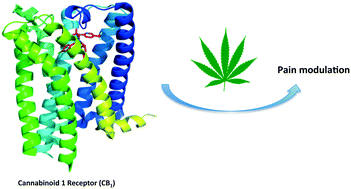
“The endocannabinoid (eCB) system is a particularly important neuronal mechanism implicated in alcohol use disorders. Animal models are key to broadening our knowledge of the neurobiological mechanisms underlying alcohol dependence.
This study has two main aims: i) to assess how eCB levels in different brain areas are modified by alcohol-induced conditioning place preference (CPP), and ii) to study how cannabinoid type 2 receptor (CB2R) is involved in alcohol-rewarding properties, using pharmacological manipulation in C57BL/6 mice.
Our results suggest that the eCB system is dysregulated throughout the mesocorticolimbic system by repeated alcohol exposure during the CPP paradigm, and that levels of anandamide (AEA) and several other N-acylethanolamines are markedly decreased in the medial prefrontal cortex and ventral midbrain of alcohol-CPP mice.
We also observed that the administering an antagonist/inverse agonist of the CB2R (AM630) during the acquisition phase of CPP reduced the rewarding effects of alcohol. However, activating CB2R signalling using the agonist JWH133 seems to reduce both alcohol- and food-rewarding behaviours. Therefore, our findings indicate that the rewarding effects of alcohol are related to its disruptive effect on AEA and other N-acylethanolamine signalling pathways.
Thus, pharmacological manipulation of CB2R is an interesting candidate treatment for alcohol use disorders.”
https://www.ncbi.nlm.nih.gov/pubmed/31220547
https://www.sciencedirect.com/science/article/pii/S0091305719300656?via%3Dihub

 “Cognitive dysfunction is a common comorbidity in adults with treatment-resistant epilepsy (TRE).
“Cognitive dysfunction is a common comorbidity in adults with treatment-resistant epilepsy (TRE).

 “Neuropsychiatric symptoms (NPS) in dementia impact profoundly on the quality of life of people living with dementia and their care givers. Evidence for the effectiveness and safety of current therapeutic options is varied.
“Neuropsychiatric symptoms (NPS) in dementia impact profoundly on the quality of life of people living with dementia and their care givers. Evidence for the effectiveness and safety of current therapeutic options is varied.




